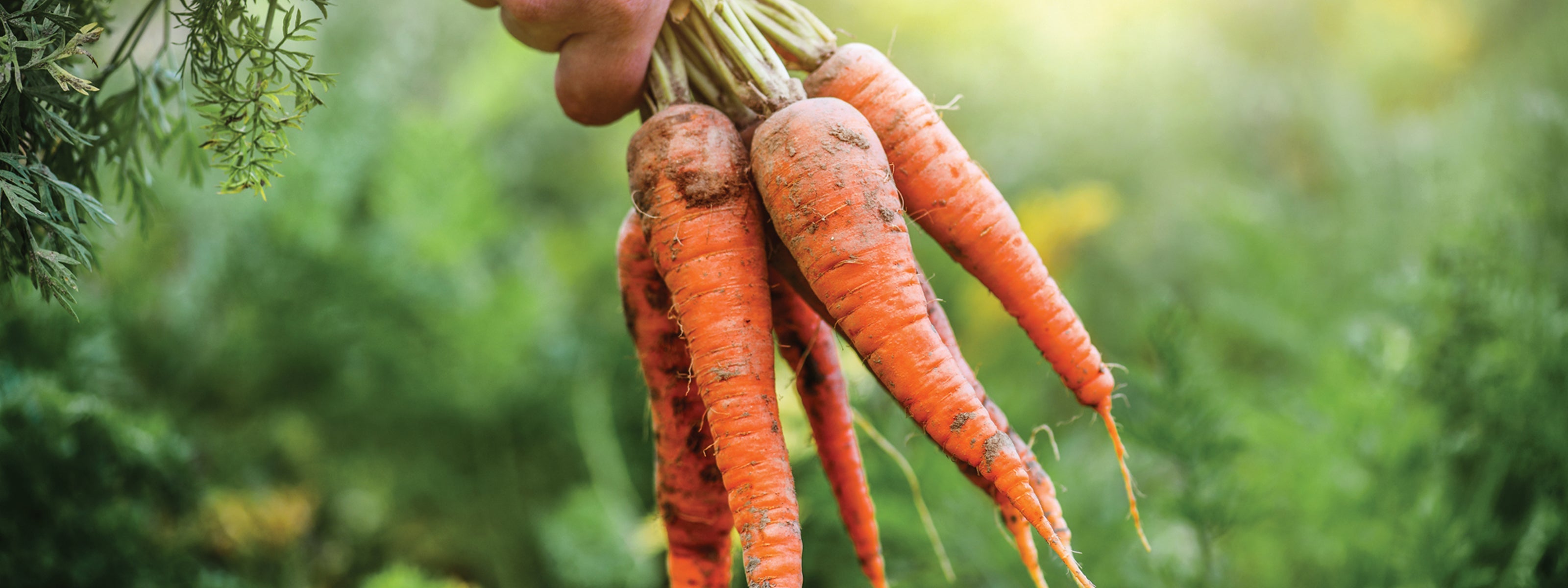As summer eases into autumn, there’s an abundance of fresh, local produce brimming with flavour and nutrients. Choosing what’s in season not only supports your health but also the planet. September is one of the most rewarding months for seasonal eating here in Ireland. Fields, orchards, and hedgerows are bursting with produce, and much of it is at its nutritional peak. As the season changes, so too should your plate. Eating with the seasons means enjoying foods at their freshest, and often, most affordable, while also having the added benefit of reducing the environmental footprint of your plate.
NATURE’S SWEET TRANSITION
Early autumn fruit offers a perfect bridge between summer’s light flavours and winter’s heartier fare. Apples are arriving in all their crisp, tangy varieties - rich in fibre, vitamin C, and antioxidants. Pears, with their soft sweetness, are excellent for digestion thanks to their soluble fibre.
Plums and damsons are still in season, bringing deep colour and a dose of vitamin K and polyphenols that help support heart health. Blackberries, often found in hedgerows, are a powerhouse of vitamin C and manganese, and their high anthocyanin content are believed to support immune function as cooler weather approaches.
ROOTS, LEAVES, AND BRASSICAS
This is also a prime time for root vegetables. Carrots, beetroot, and parsnips are naturally sweet and high in beta-carotene, a precursor to vitamin A for healthy vision and immunity.
Brassicas like broccoli, kale, and cabbage thrive now. They’re rich in vitamin K, folate, and glucosinolates, compounds linked to anti-inflammatory benefits. Leeks, with their gentle onion flavour, are packed with prebiotic fibre which can help to nourish gut bacteria.
Courgettes are still in abundance, offering potassium and vitamin C, while potatoes provide slow-release energy and vitamin B6.
HERBS AND GREENS
Herbs like parsley and chives remain vibrant, adding both flavour and nutrients - parsley is especially high in vitamin K and C. Spinach and chard bring iron, folate, and magnesium, supporting energy and muscle function as the days shorten.
Seasonal produce tends to be harvested closer to peak ripeness, meaning higher nutrient content and better flavour. Studies show that vitamin levels, especially vitamin C, can decline during long storage and transport. By eating what’s grown locally in autumn, you’re maximising your intake of naturally occurring vitamins, minerals, and phytonutrients.
SIMPLE HACKS TO ENJOY THE SEPTEMBER HARVEST
• Roast roots and brassicas with olive oil and herbs for a warming, nutrient-rich side.
• Blend apples and blackberries into smoothies or crumbles for a tasty yet nutritious boost.
• Make hearty soups with leeks, carrots, and potatoes – ideal for batch cooking and freezing.
• Toss shredded kale with lemon juice and olive oil for a quick salad packed with antioxidants.

